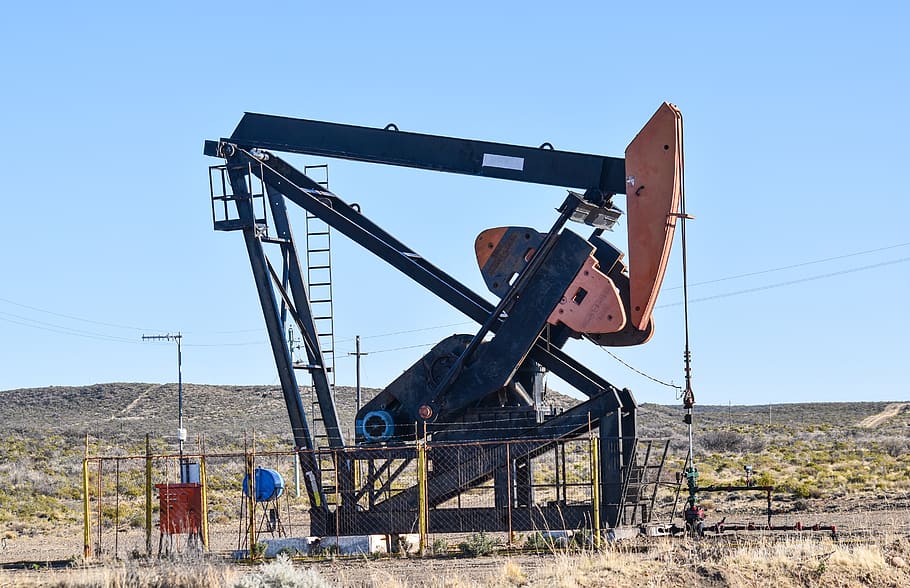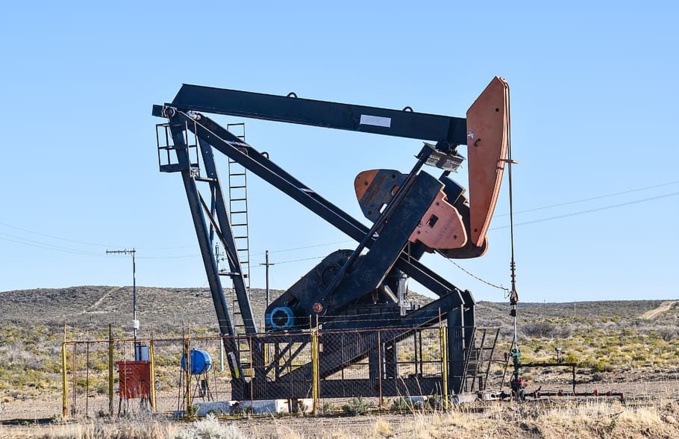“According to our models, prices affect production volumes with about a six-month lag,” the EIA points out, expecting that monthly production this year will drop from a peak of 13.2 million bps in May to 12.8 million bps in December.
The US Department of Energy indicates a high degree of uncertainty regarding the actual production volumes of OPEC after the transaction is closed. So far, according to the forecast, from April to December 2020 it will average 29.2 million bps from 28.7 million bps in the first quarter (that is, it will grow by 500 thousand bps). Next year, deliveries may grow to 29.4 million bpd. Earlier, head of the state-owned company Saudi Aramco Amin Nasser predicted a significantly higher production growth, saying that deliveries, including the domestic market, will be increased to 12.3 million bpd in April (9.65 million bpd were produced in February).
The total demand for 2020, according to the EIA, will grow by less than 0.4 million bpd, but will accelerate to 1.7 million bpd in the next. In the first quarter, the decline in demand will be 0.9 million bpd, according to the EIA. The forecast reflects a deterioration in global growth estimates along with a fall in demand from the transport sector amid the fight against coronavirus. Oil reserves this year will grow by an average of 1 million bpd, while in the past they were reduced by 0.1 million bpd. In 2021, however, they can again begin to decline by 0.4 million bpd.
As a result, the average price of a barrel of Brent crude oil in 2020 will be only $ 43 (the previous forecast was $ 61.25), including $ 37 in the second quarter and $ 42 in the second half of the year. For 2021, the price forecast worsened to $ 55.36 from $ 67.53 per barrel. Last year, the average price of Brent was $ 64. A price adjustment will also lead to a decrease in the cost of gasoline in the United States - from $ 2.6 per gallon in 2019 to $ 2.14 in 2020, the EIA notes.
source: reuters.com, bloomberg.com
The US Department of Energy indicates a high degree of uncertainty regarding the actual production volumes of OPEC after the transaction is closed. So far, according to the forecast, from April to December 2020 it will average 29.2 million bps from 28.7 million bps in the first quarter (that is, it will grow by 500 thousand bps). Next year, deliveries may grow to 29.4 million bpd. Earlier, head of the state-owned company Saudi Aramco Amin Nasser predicted a significantly higher production growth, saying that deliveries, including the domestic market, will be increased to 12.3 million bpd in April (9.65 million bpd were produced in February).
The total demand for 2020, according to the EIA, will grow by less than 0.4 million bpd, but will accelerate to 1.7 million bpd in the next. In the first quarter, the decline in demand will be 0.9 million bpd, according to the EIA. The forecast reflects a deterioration in global growth estimates along with a fall in demand from the transport sector amid the fight against coronavirus. Oil reserves this year will grow by an average of 1 million bpd, while in the past they were reduced by 0.1 million bpd. In 2021, however, they can again begin to decline by 0.4 million bpd.
As a result, the average price of a barrel of Brent crude oil in 2020 will be only $ 43 (the previous forecast was $ 61.25), including $ 37 in the second quarter and $ 42 in the second half of the year. For 2021, the price forecast worsened to $ 55.36 from $ 67.53 per barrel. Last year, the average price of Brent was $ 64. A price adjustment will also lead to a decrease in the cost of gasoline in the United States - from $ 2.6 per gallon in 2019 to $ 2.14 in 2020, the EIA notes.
source: reuters.com, bloomberg.com



















